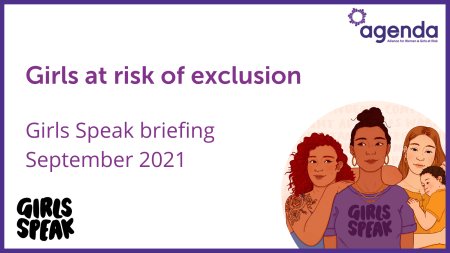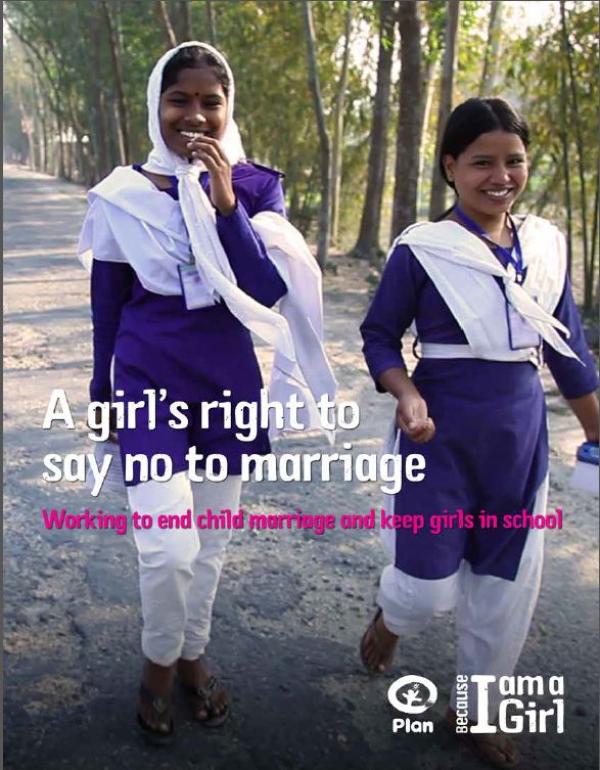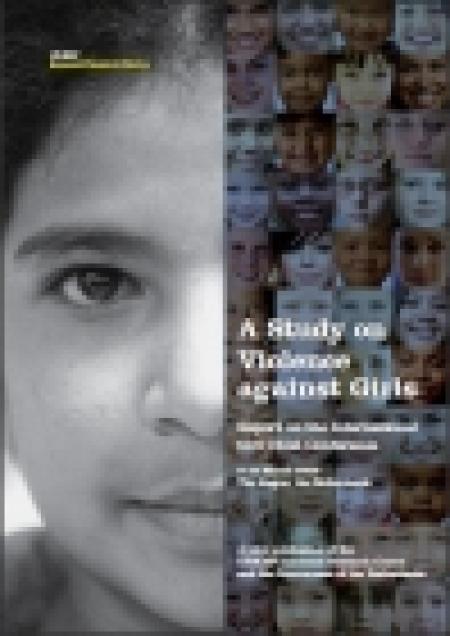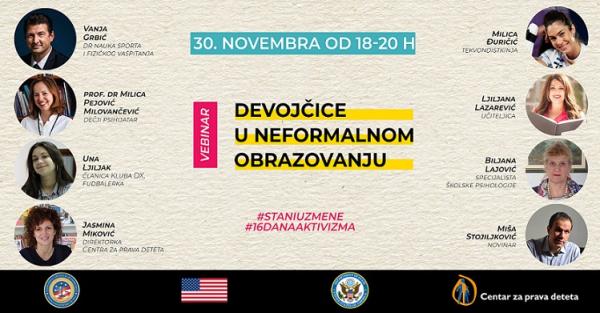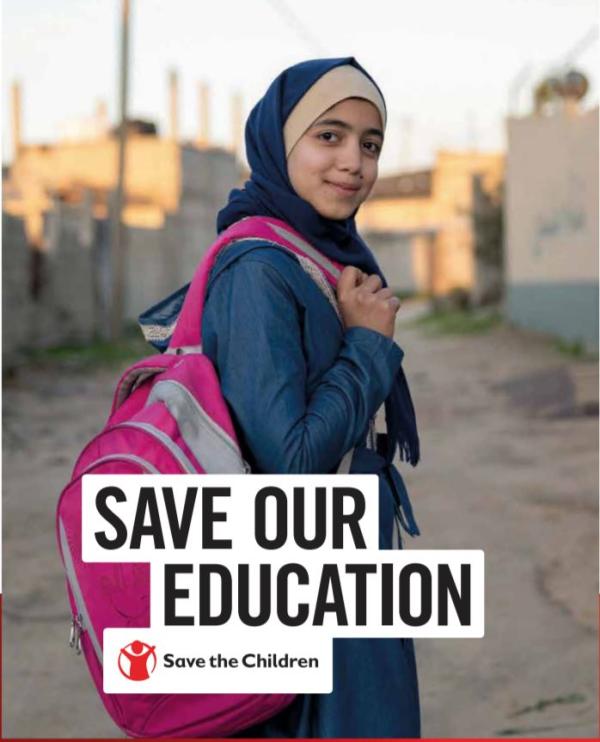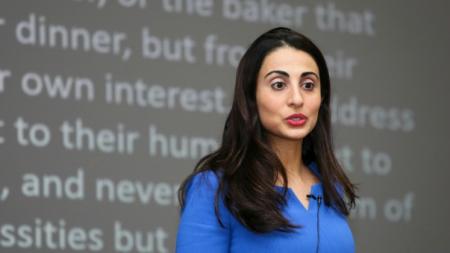
Reimagining Education of Girls: Solutions to Keep Girls Learning in Emergencies is an empirical overview of what acts to support learning outcomes for girls in emergencies. This report by the United Nations Children's Fund - UNICEF highlights evidence-based actions to support the education of girls in humanitarian and low- and middle-income countries where COVID-19 has disrupted the education system. Girls are at a disadvantage in emergencies at all stages of education, and current research shows that by 2030, one in five girls in crisis-stricken countries will not be able to read a simple sentence.
This solution book seeks to highlight promising evidence-based actions in education for decision makers who design and implement interventions to support girls ’education in humanitarian and low- and middle-income environments where education has been interrupted by the COVID-19 pandemic. Each part of the report explores different dimensions of tackling this growing problem: promoting gender responsive and inclusive work and planning; strengthening distance learning education of a gender-responsive nature; exploiting social protection to reduce financial barriers to education; and understanding the cost of the program to achieve value for money. The solutions presented in this report are designed to support learning outcomes and continuity of learning for girls of preschool, primary school age and adolescence in a variety of emergency contexts.
It documents practical examples of approaches that have been tested and from which lessons can be learned. The overarching goal is to use this evidence to inform and design programs in crises and to support various actors in mitigating the impact of emergencies on girls ’education.
You can find the whole document here.



